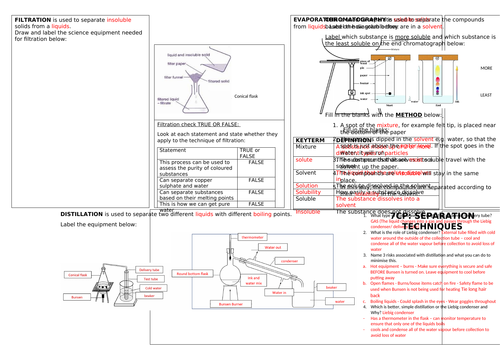The Chemistry Warehouse
Teacher of Chemistry currently approaching my NQT Year. I teach KS3 - KS%. All my resources focused on the Chemistry curriculum for KS3 - KS5, with a strong focus on Revision resources. KS4 - KS5 AQA Chemistry and KS3 Chemistry Resources





